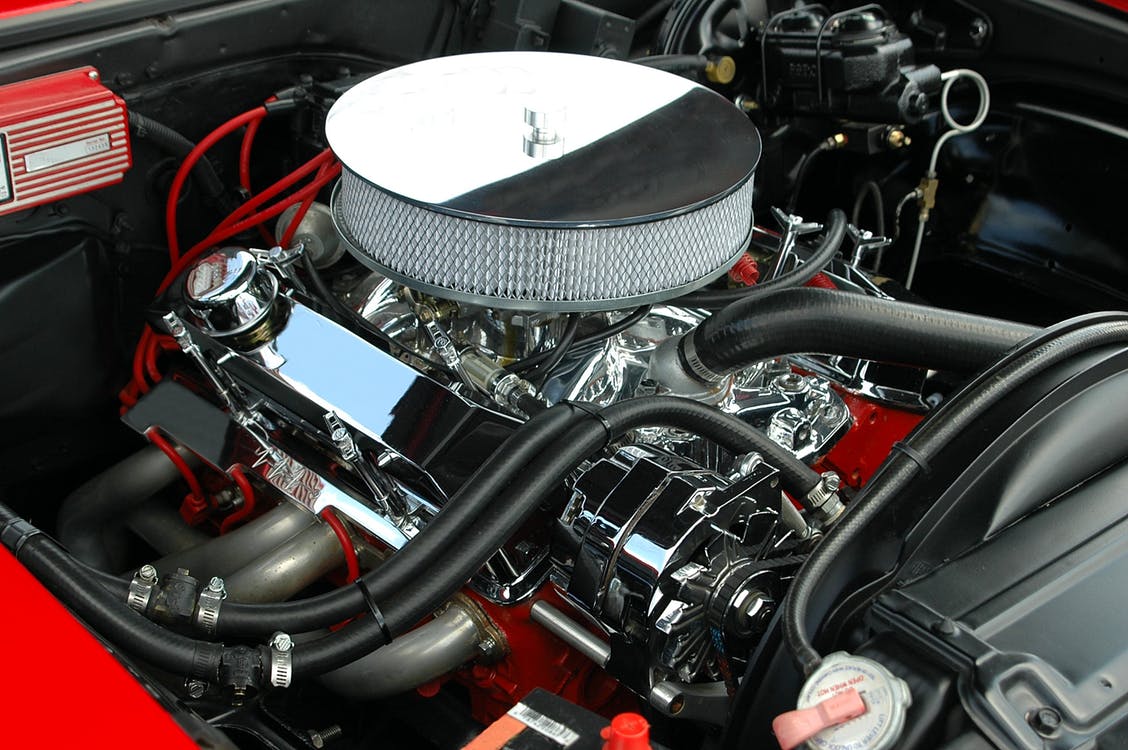BMW is recalling over 1 million vehicles in North America due to a potential fire hazard. In what is actually two separate recalls, the automobile manufacturer is recalling 1.4 million vehicles in the U.S. and Canada, and is looking at potentially expanding the recall to other countries. The recall was announced on November 3, 2017.
According to Reuters, BMW announced the recall after meetings with the National Highway Traffic Safety Administration (NHTSA). The manufacturer is recalling 670,000 3-series vehicles from model years 2006-2011, and 740,000 vehicles from model years 2007-2011 including 128i vehicles, 3-Series, 5-Series and X3, X5, and Z4 vehicles. The first recall is due to a wiring issue in the heating and air conditioning system that could potentially cause the system to overheat and start a fire. The second recall is due to a valve heater that may rust, also potentially resulting in a fire.
The Chicago Tribune reported that BMW was first made aware of the wiring issue in 2008. There were no reports of injuries caused by the wiring issue from 2007-2014, but in 2015 BMW learned of a situation that resulted in injuries caused by the wiring problem. Regarding the issue with the valve heater, BMW first received a report in 2009 about an issue that occurred in 2007. Luckily, no injuries caused by the valve heater have been reported.
Vehicle recalls can be nerve wracking, but in both of these instances, the recalls are precautionary and the odds of a fire are small. The recall officially goes into effect on December 18, 2017. After that date, BMW has 60 days to notify drivers of the affected vehicles by mail, letting them know their vehicle is under recall. If you believe your vehicle is under recall but do not hear anything from the manufacturer, or want to be proactive about knowing the status of your vehicle, you can go to www.safercar.gov or www.nhtsa.gov/recalls and enter your vehicle’s VIN to see if it is under recall. Or, click on the button below.
All BMW dealers will repair wiring harnesses, valve heaters, and any other parts necessary to resolve the issues. Drivers can take their vehicles to any BMW dealer to have their vehicle fixed - it doesn’t need to be the dealer they bought the vehicle from. Drivers should be patient, as a recall as large as this will likely have a lengthy waiting list for repairs. Most importantly, drivers shouldn’t panic. BMW has not said that the vehicles are unsafe to drive, so drivers can continue to use their vehicles without worry of getting involved in recall related car accidents.
No matter how much research you put into purchasing your vehicle, or how well you maintain it, it is virtually impossible to predict or prevent your vehicle from being recalled. Recalls can be stressful, but they are a part of being a car owner. By being proactive about checking your car’s VIN for recalls and paying attention to any mail you receive from the manufacturer, you can help prevent being involved in any recall car crashes. Should you find your vehicle under recall, remain calm, and learn what necessary steps need to be taken in order to repair your car to make it safe for you and your family.
Car accidents caused by mechanical failure and faulty defects are rare when compared to those caused by human error, but they still happen. If you or a loved one have been involved in an automobile accident which was the result of a recalled car defect, call The Michigan Law Firm, PLLC at 844.4MI.FIRM for a free legal consultation. Our attorneys are highly experienced in handling all types of motor vehicle accidents, including those caused by car recall defects.




